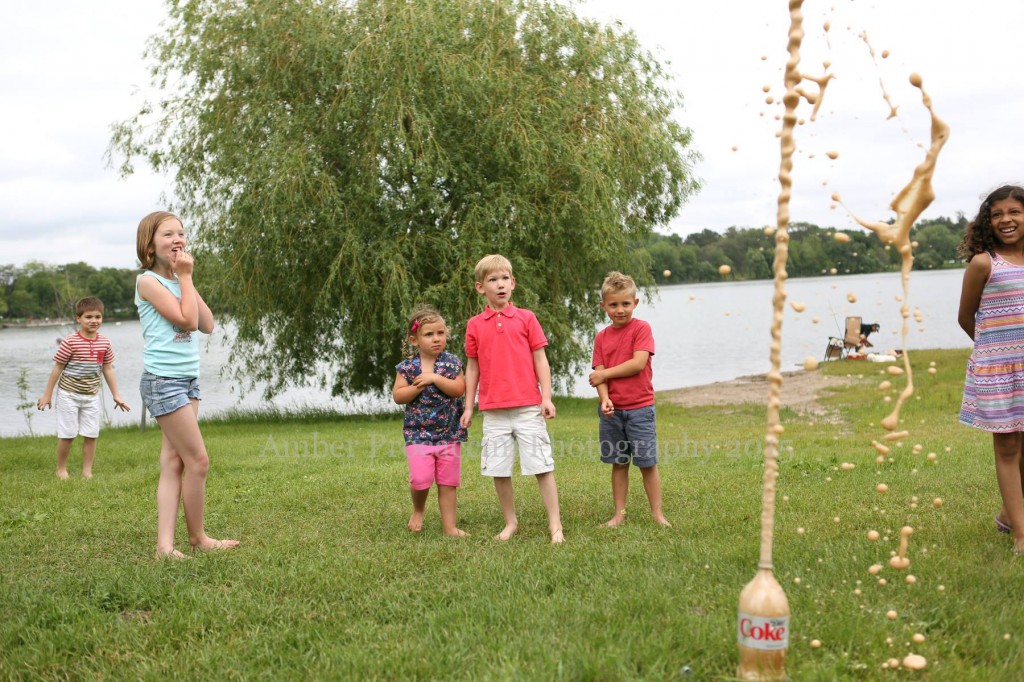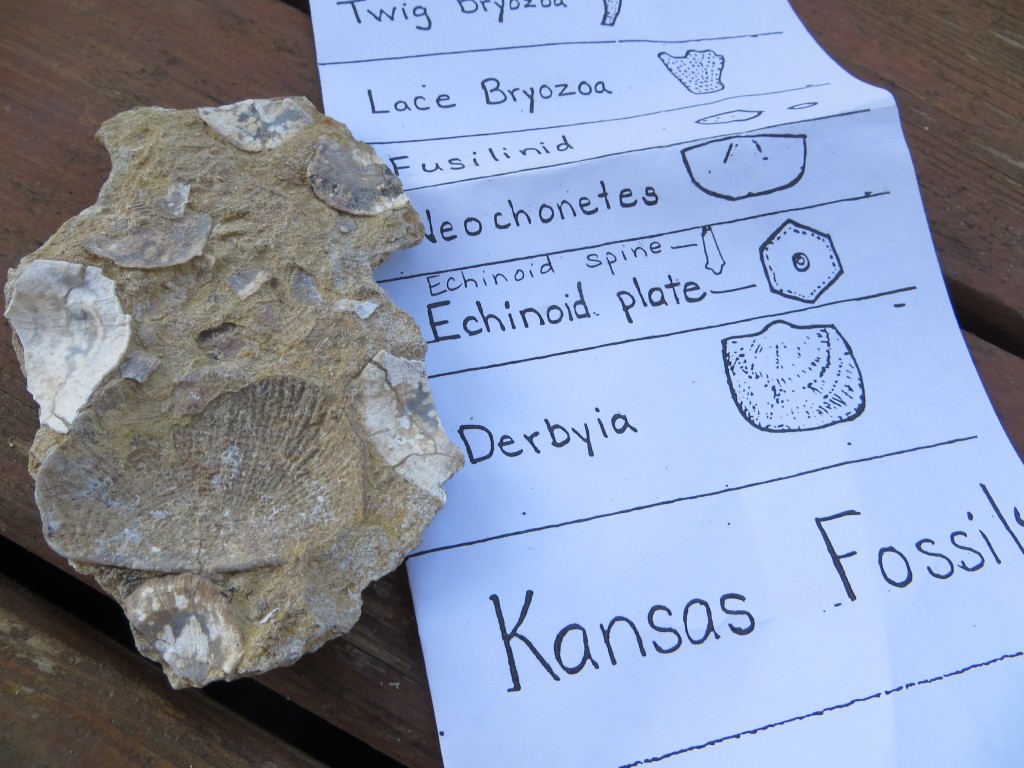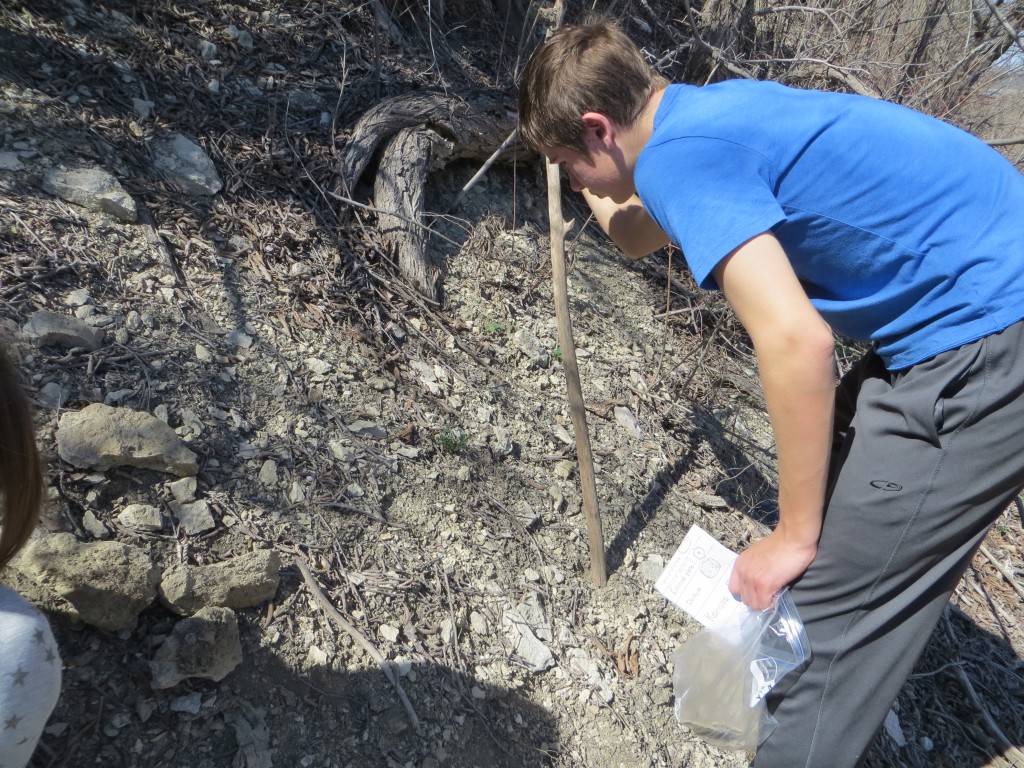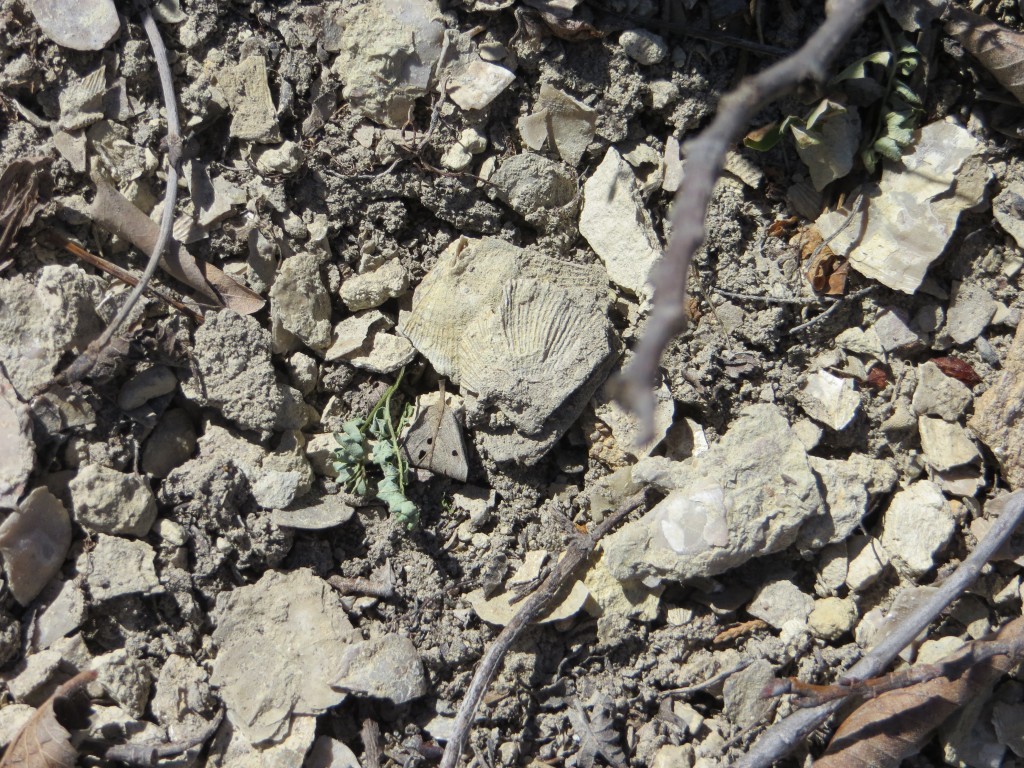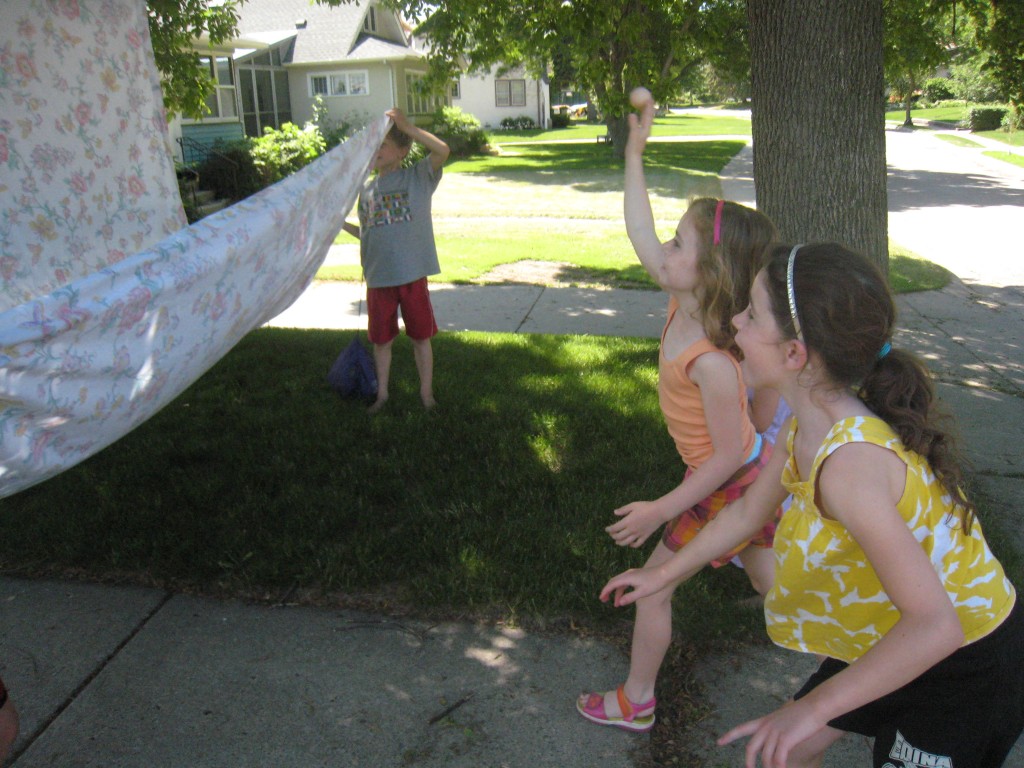Category:Biology Experiments’
How to Make Alien Monster Eggs
- by KitchenPantryScientist
Thinking Halloween? Think Alien Monster Eggs!
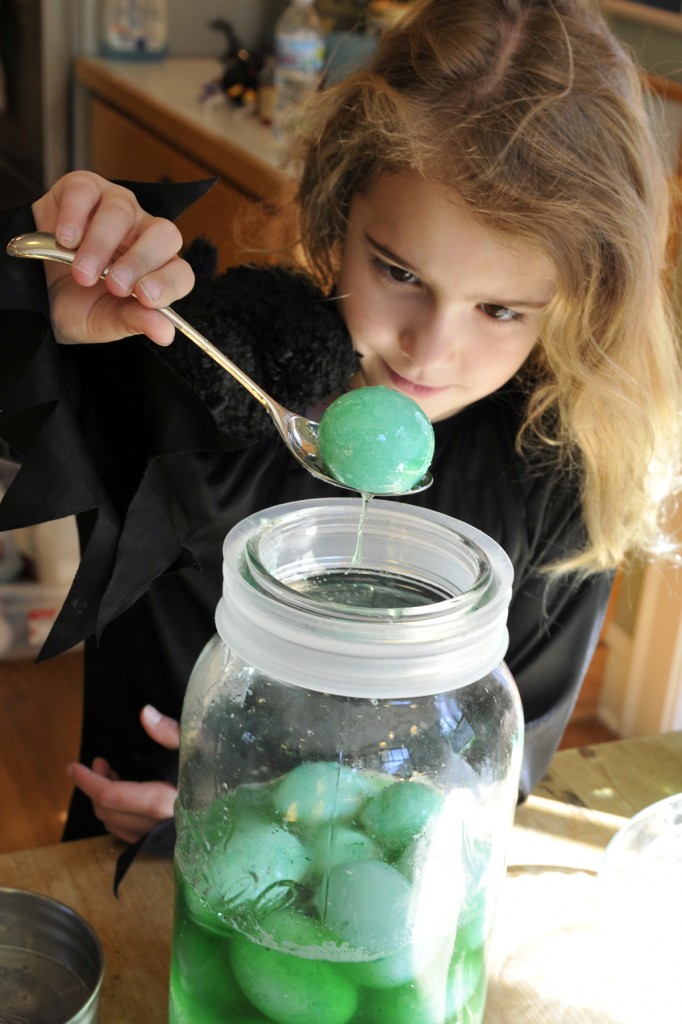
Here’s how to make them!
Find written directions by clicking here.
Summer Changelings
- by KitchenPantryScientist
Summer surrounds us with science. We’ve been catching tadpoles and capturing caterpillars and releasing them as frogs and butterflies. It’s nothing short of amazing to watch these creatures move through a process called metamorphosis, which changes them from one form to a completely different one as they become adults. This is a great survival tactic, since the youngsters and adults live in different areas and eat different things, so they’re not completing for food or space!
You can look for monarch caterpillars on milkweed and swamp milkweed, which you see in the video above. Bring plenty of food home for them to eat as they grow (the plants you found them on.) Tiger Swallowtail Caterpillars prefer a diet of dill! If you have trouble finding caterpillars, plant some milkweed and other butterfly-friendly flowers in your garden! The monarch population is in trouble due to lack of milkweed, which once grew everywhere. Click here for more information raising Monarchs.
We caught tadpoles in a local fountain (with permission, of course) and brought them home to observe. When they became tiny toads, we released them in the same fountain where we caught them. Before catching tadpoles, check local regulations to make sure it’s allowed and ALWAYS return them to the exact spot where you caught them, to avoid the spread of deadly fungi and invasive species! If you can’t return them to the same spot, don’t bring them home! Keep them in water from the source where you caught the them, and never add tap water to their habitat, since chlorine will kill them. Be sure there is a rock for them to crawl onto when they become frogs or toads. They’ll eat water plants and algae from their original habitat, but you can also boil green lettuce in bottled water and chop it finely to feed your tadpole. Release them immediately when they hop out of the water, since it may be difficult to know what to feed them once they’re mature.
16 Summer Science Experiments
- by KitchenPantryScientist
Between working on a follow-up to Kitchen Science Lab for Kids (which involves testing, writing up and photographing 52 experiments), driving my kids around to camps and sports, and doing science outreach at libraries, bookstores and on TV, I’m finding it hard to keep up. Here’s a short video on how to make tie-dye milk (a surface tension experiment), which I did on WCCO Mid Morning show last week and forgot to post!
Luckily, between all the camps and activities, the kids and I are having fun digging in the dirt, blowing giant bubbles, and watching tadpoles and monarch caterpillars go through metamorphosis!
What science experiments are you doing this summer? It’s a great time to take science outdoors!
Here are some of our favorites:
Got water? Make siphons, a water-purifier, water rockets, or fire-proof water balloons.
Hungry? Build a solar oven from a pizza box and bake s’mores.
Stand on eggs or throw them as hard as you can without breaking them. You can always clean up mistakes with your hose!
Play magician with the tablecloth trick, or make paper bag volcanoes erupt in your back yard.
Of course, there’s always the famous Mentos geyser, and film canister rockets are always a hit.
Nature walk bracelets add fun to any excursion, and you can collect water from trees or make water filters with grass and sand.
August is a great time to find Monarch caterpillars or study the earthworms in your back yard.
And no summer would be complete at our house without an epic marshmallow shooting competition. You’ll even learn some physics!
Fossil Hunting
- by KitchenPantryScientist
Every fossil has a story to tell.
Whether it’s the spectacular specimen of a dinosaur curled up on it’s eggs or a tiny Crinoid ring, mineralized remains offer us a snapshot of the past, telling us not only what creatures lived where, but about how they lived and the world they inhabited.
Growing up surrounded by the flat-topped, windswept Flint Hills of Kansas, it was hard to imagine that I was living in the bottom of an ancient seabed, but there was evidence of the Permian period all around.
Now, when my kids and I return to my hometown, a fossil-hunting trip is always part of our routine, and we hunt for shells and coral where roads cut through crumbling limestone and and chert (flint.) Looking up at layer after layer of rock and shells, I can almost feel the weight of the water that once covered the land.
An episode of RadioLab we heard on the drive North from Kansas to Minnesota explained that coral keeps time and that by comparing modern coral to ancient coral fossils, scientists discovered that millions of years ago, years were about 40 days shorter than they are now. Can you guess why? Give the podcast a listen here. My mind was blown!
A visit to the Flint Hills Discovery Center in Manhattan, KS gave us more insight into the amazing geology, ecology and anthropology of the Flint Hills and the Konza Prairie that blankets them. Most people don’t know that the great tallgrass prairies of the United States wouldn’t exist if not for humans, who have been burning them for thousands of years.
What do you know about where you live? What’s it like now? What do you think it was like long, long ago? Are there fossils nearby?
Here are some fossil-hunting resources I found online, in case you want to go exploring:
http://geology.about.com/od/fossilbasics/tp/parks-that-allow-fossil-collecting.htm
http://mentalfloss.com/article/50997/10-states-fossil-hunting-sites-public
http://www.fossilguy.com/sites/
http://www.fossils-facts-and-finds.com/fossil_hunting_usa.html
Halloween Science: Fizzy Balloon Monster Heads, Green Slime and More
- by KitchenPantryScientist
With a few ingredients from your kitchen, you can turn your table into a mad scientist’s laboratory for Halloween! We made Fizzy Balloon Monster Heads, Alien Monster Eggs, Rock Candy and Soda Geysers on Fox9 News this morning. Click on the blue experiment names for directions!
KMSP-TV
Last Saturday morning, I had fun showing Kare11 meteorologist Belinda Jensen how to make Mad Scientist’s Green Slime, Frankenworms and Magic Potion. Click here to watch!
Frankenworms, Magic Bags and Fall Leaf Chromatography
- by KitchenPantryScientist
This morning, on Kare11 Sunrise, I showed off my new book, Kitchen Science Lab for Kids, and demonstrated three experiments from the book. Just click on the experiment name for directions, photos and more about the science!
Frankenworms– Bring gummy worms to “life” using a chemical reaction.
Magic Bags– Explore the elastic properties of polymers.
Leaf Chromatography– Separate plant pigments on coffee filters.
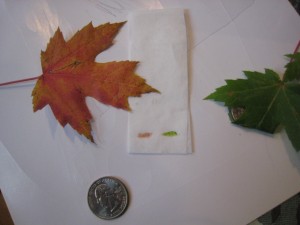
This is especially fun in the fall, when you can compare green leaves to red and yellow ones! Here’s a nice article on the chemistry of the colors of fall leaves (from the Compound Interest website) that my friend Joanne Manaster highlighted on her Joanne Loves Science Facebook page.
Summer Science
- by KitchenPantryScientist
This week, abulleyeview.com featured three of my favorite summer science experiments and I showed Twin Cities Live viewers how to make nature walk bracelets and green slime! (Oh yeah, we also broke a few eggs.)
What summer science experiments have you tried?
Don’t forget to download KidScience app for more great ideas! We just added a new experiment and have another one on the way!
Moss under a Microscope
- by KitchenPantryScientist
We collected some moss and lichens this weekend at the cabin, so we can look for amazing creatures called tardigrades hiding in the clumps. You may have heard about these extremophiles on Cosmos (they can survive heat, cold, drought, radiation and even space. Click here for some nice close-ups of what we’re looking for. I’ll let you know what we find!

Earth Day Science, #SpaceMicrobes and a Laser Pointer Experiment
- by KitchenPantryScientist
Earth Day is Tuesday, April 22nd. How will you celebrate the amazing planet that sustains us? Here’s a link to ten fun Earth Day science experiments. Or, step outside, take a picture of yourself and post it on social media with the hashtag #GlobalSelfie for a new mosaic image of Earth being created by NASA: a new “Blue Marble” built bit by bit with your photos.

If you live in Minnesota, join me at the Science Museum of Minnesota Tuesday morning from 10-12 to celebrate Earth Day and NASA Climate Day with some games and a hands-on experiment for kids!
#SpaceMicrobes, including our own Minnesota microbe swabbed from the Kare11 television studio, have arrived safely on the International Space Station. Over the next few days, 48 microbes swabbed from sports stadiums and other cool locations will be thawed out and start to grow! Astronauts will measure their growth using a machine called a microplate reader, over a period of three days. The experiment will be repeated three times, and scientists will average the data and compare it to the data they’ve collected doing an identical experiment with the same microbes here on Earth! I talked about it on Kare11 the other day.
Finally, here’s a fun experiment we did with a water bottle and a laser pointer this weekend. Try it!
skullsinthestars.com has a detailed explanation of this amazing phenomenon!
Dinosaur Science
- by KitchenPantryScientist
Today on Twin Cities Live, we did some dinosaur-related science experiments in honor of the Science Museum of Minnesota’s new Ultimate Dinosaurs exhibit.
Here are directions for doing the experiments in the video. Just click on the name to go to the post.
Window Stickies diffusion experiment
Have fun!
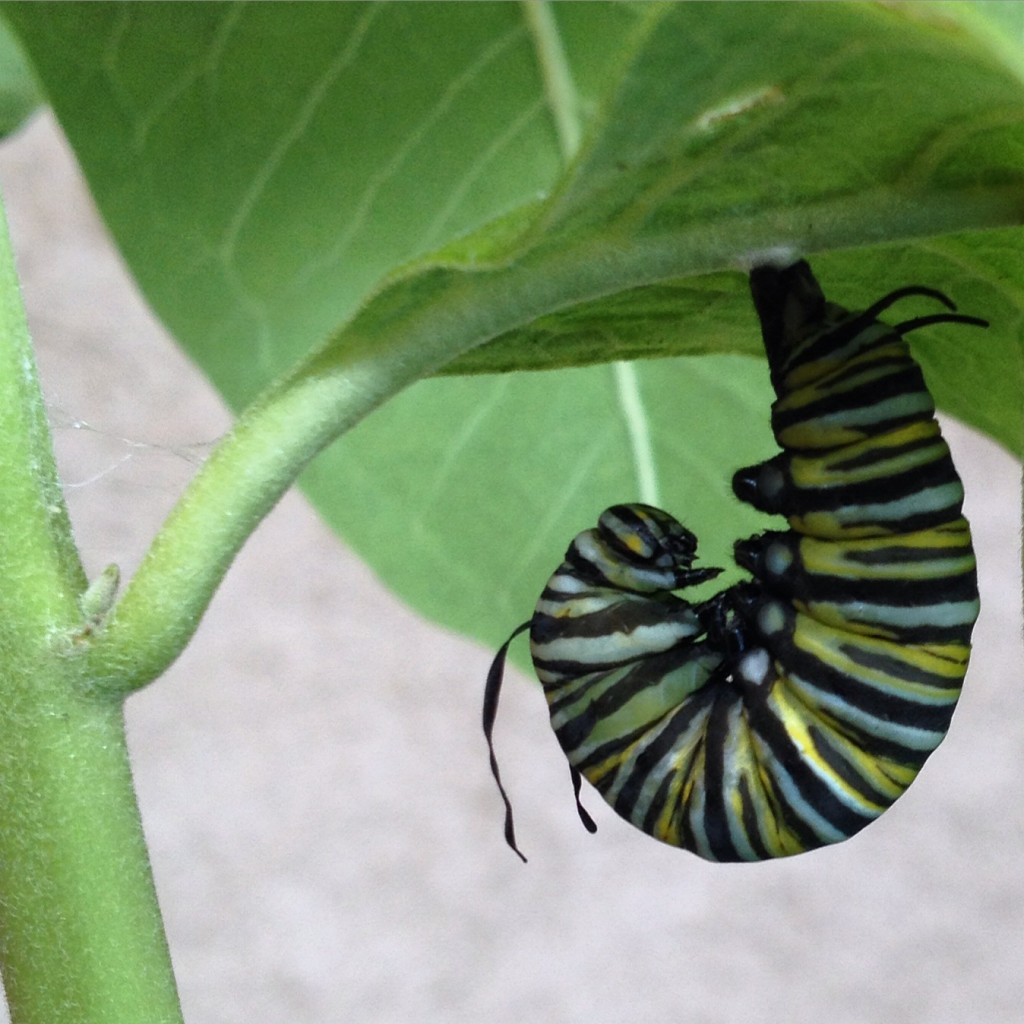
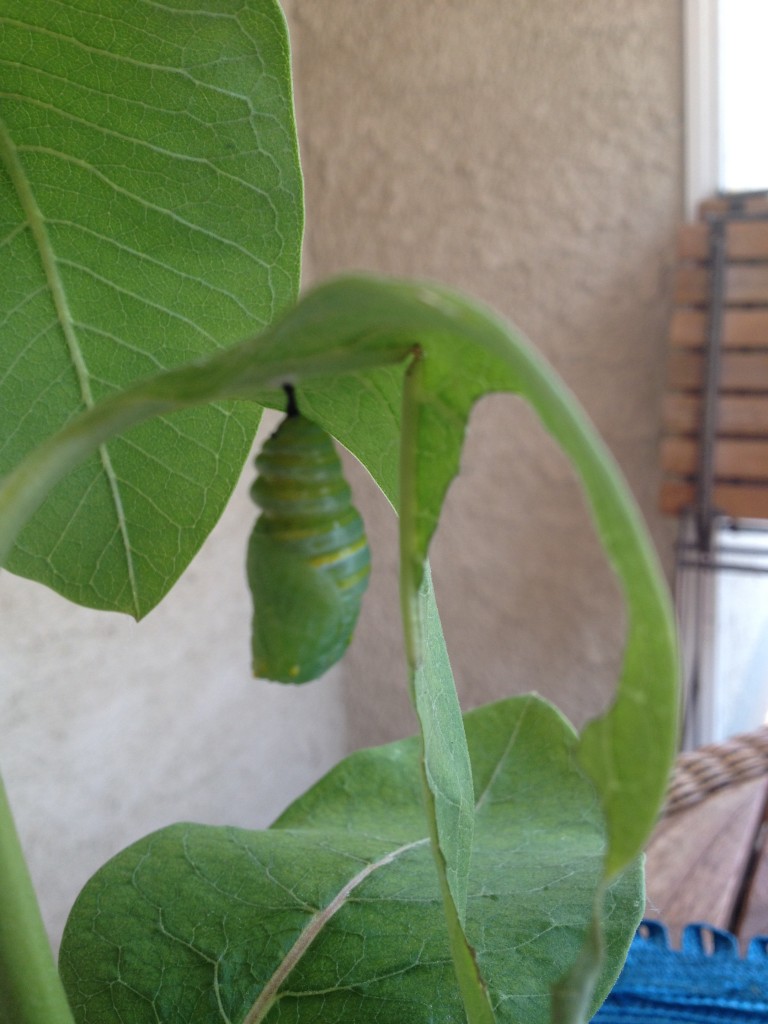
![IMG_6821[1]](https://kitchenpantryscientist.com/wp-content/uploads/2015/07/IMG_68211.jpg)
